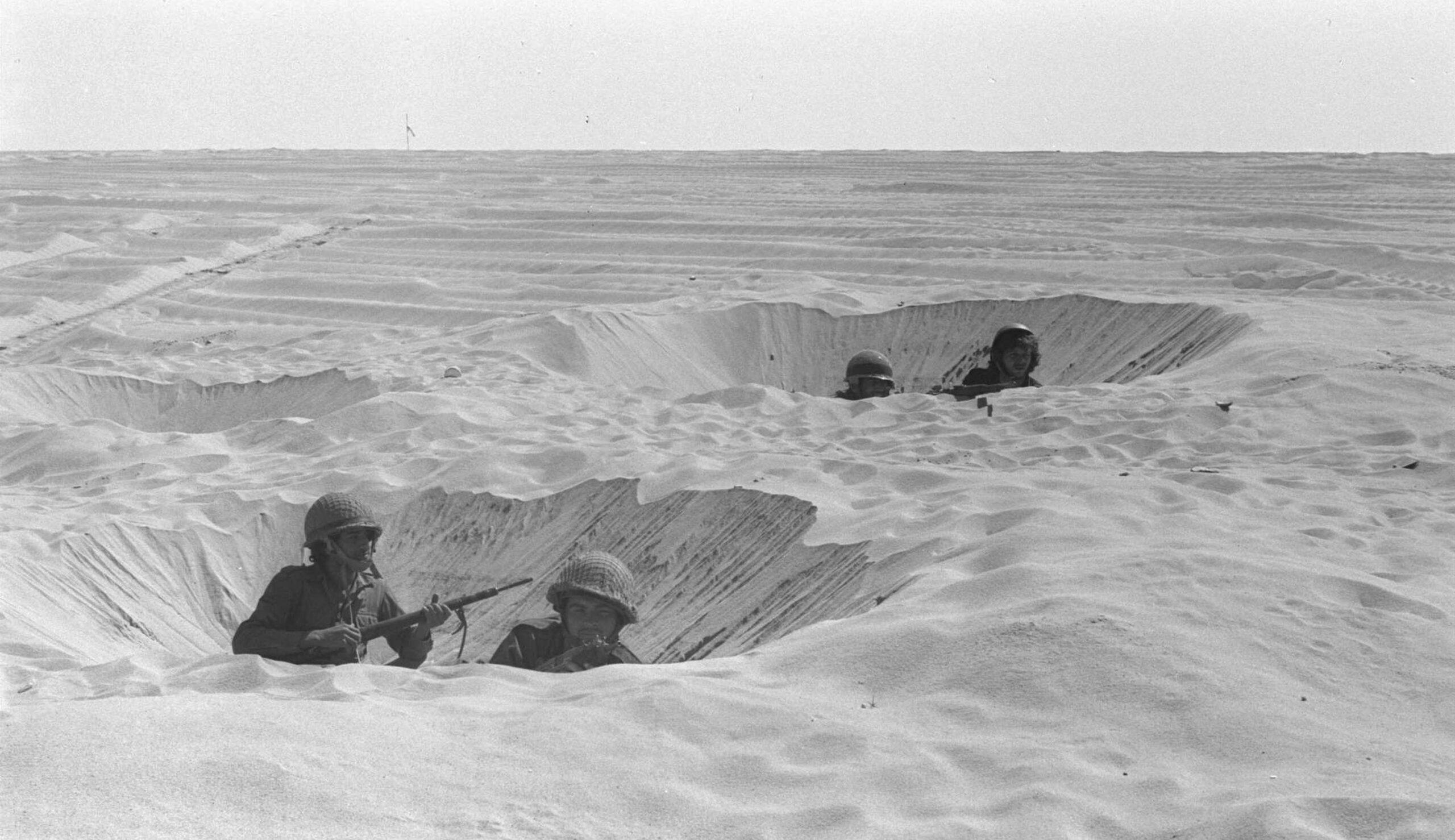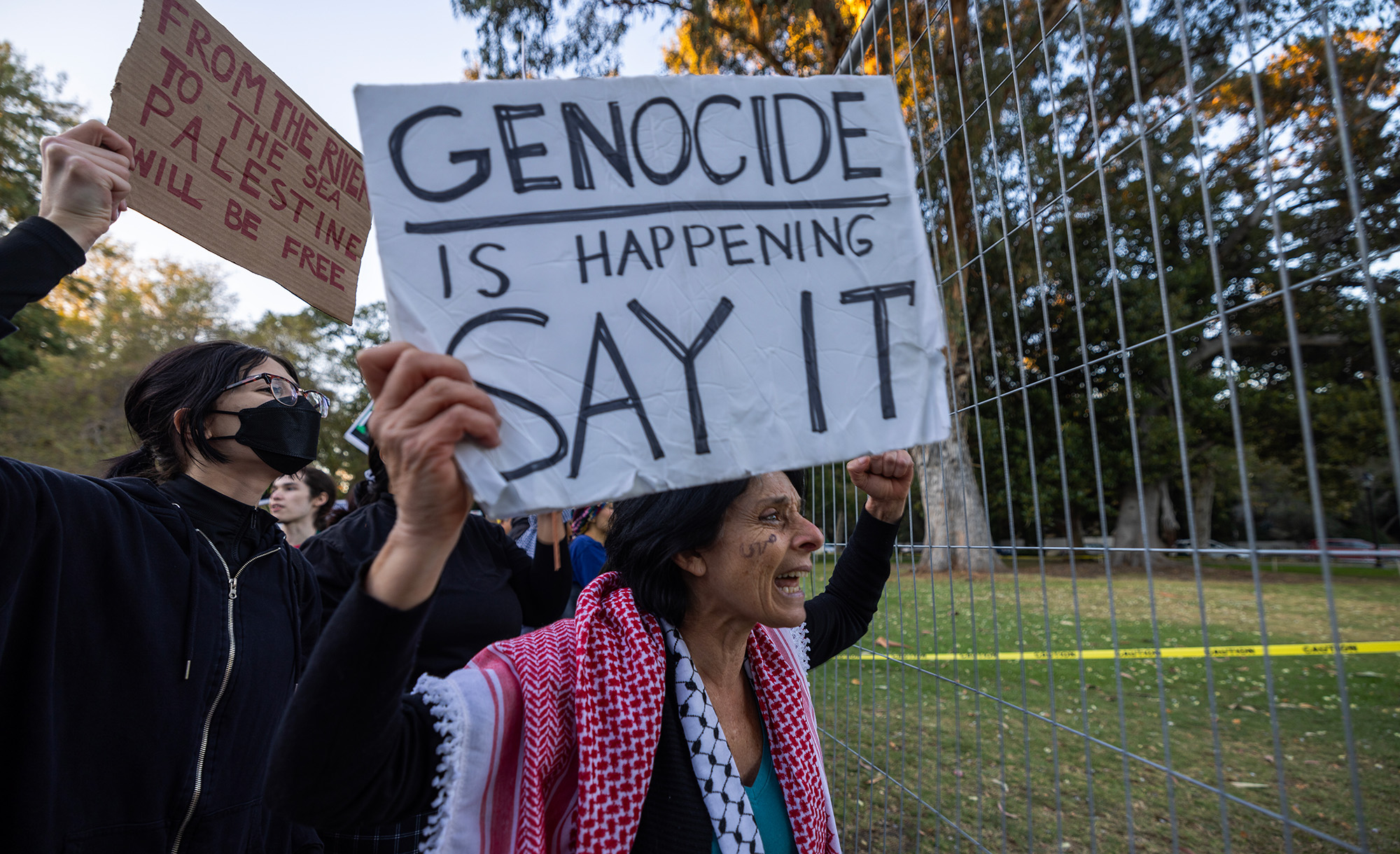On Monday evening, the 1639 painting A Scholar Sharpening His Quill, by the Dutch master Salomon Koninck, will be returned to the family of Adolphe Schloss at the French consulate in New York. Fang Block tells its story:
Schloss assembled one of the most significant private collections of Dutch and Flemish paintings, which he passed on to his wife and children upon his death in 1910. The collection’s prominence and the Schloss family’s Jewish heritage made it a target for confiscation by the Nazis. A Scholar Sharpening His Quill was taken in 1943 from a chateau in France, where the Schloss family kept some of their artworks. . . .
After being taken from the Schloss family in 1943, the painting was earmarked for Adolf Hitler’s museum at Linz, but it never arrived there. . . . It was held in the Führerbau building in Munich, and in the days between the fall of the Third Reich and the arrival of Allied troops, the contents of the building were looted by German civilians. A Scholar Sharpening His Quill was among the many artworks that disappeared.
In 2017, Christie’s [auction house] was consigned to sell the painting from a private collector in Chile. After it was shipped to Christie’s New York, specialists . . . launched their standard due-diligence process for works of this time period [and] confirmed that the consigned painting was a match to one missing from the Schloss family collection for the last 75 years, halted the presale process, and notified both the consignor and the Schloss family. . . .
The Nazis looted approximately 600,000 paintings from Jews, at least 100,000 of which are still missing.
More about: Adolf Hitler, Art, Holocaust, Holocaust restitution


